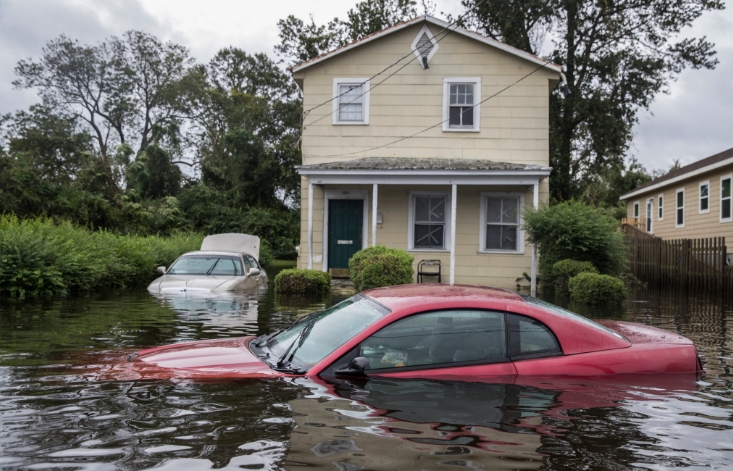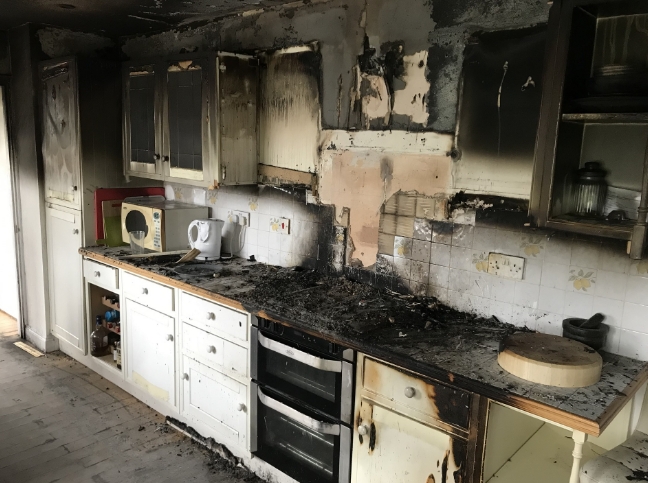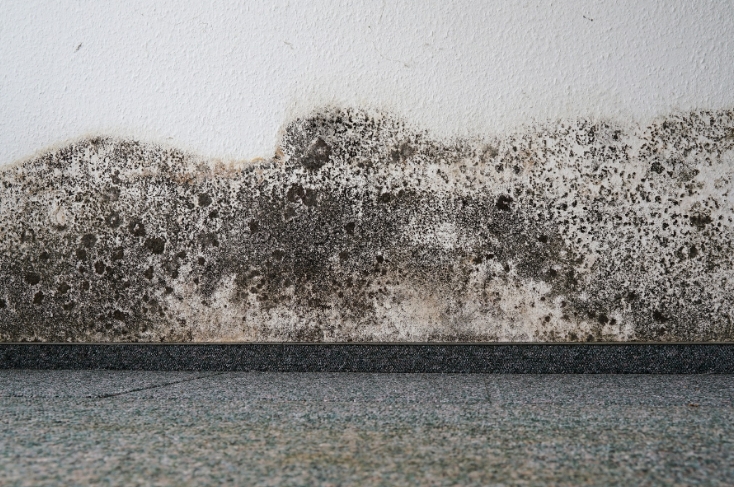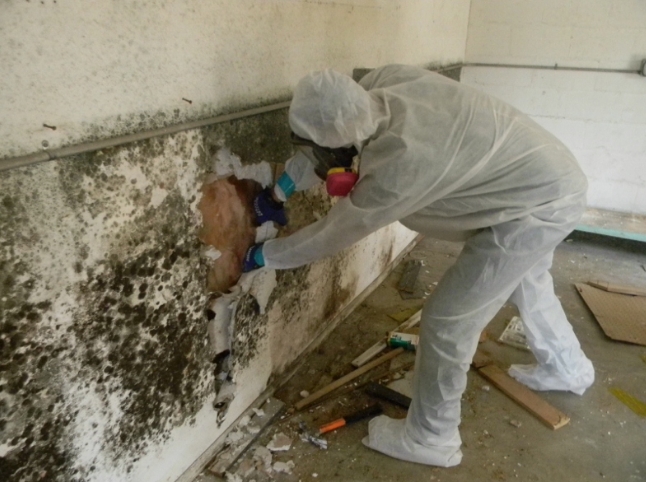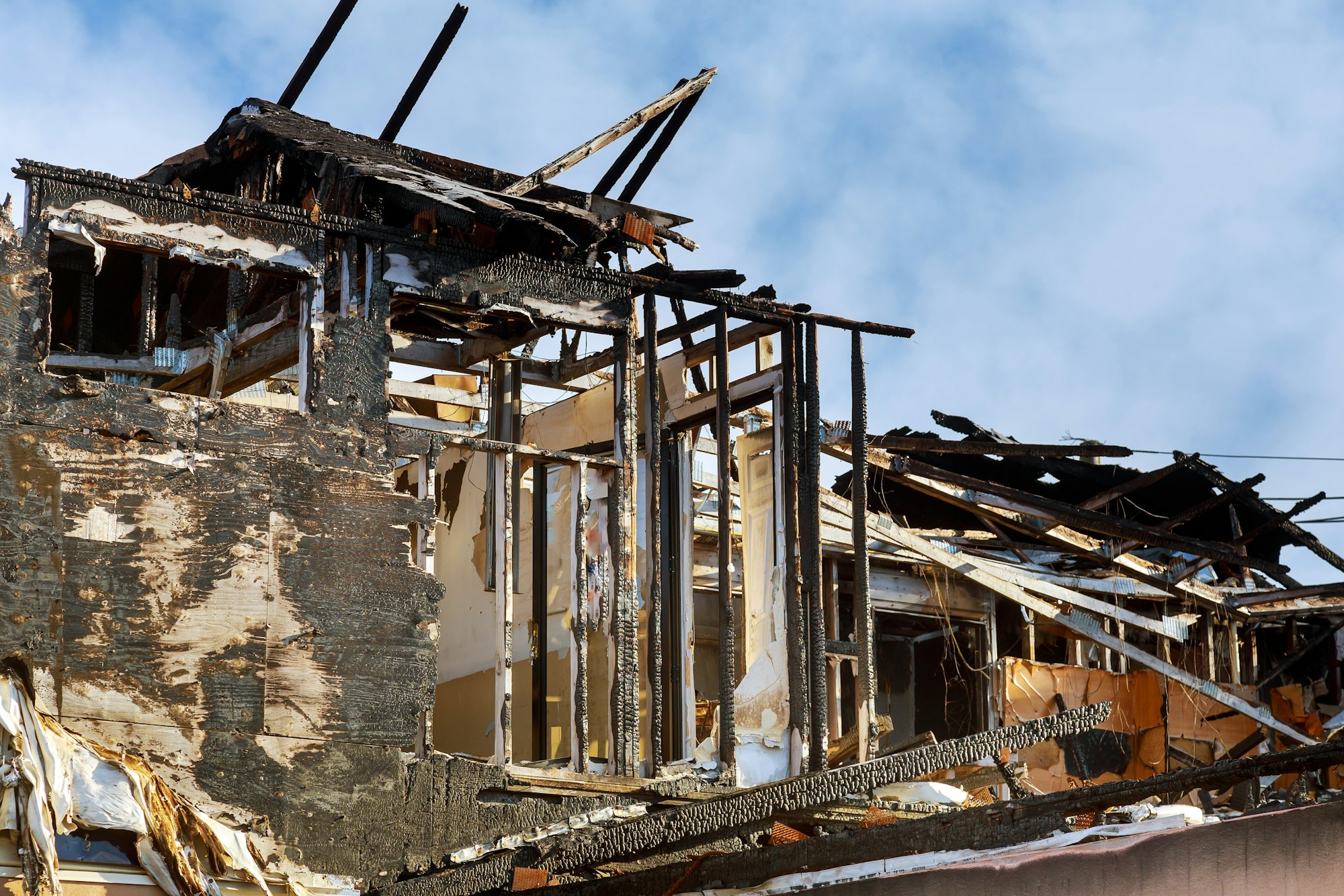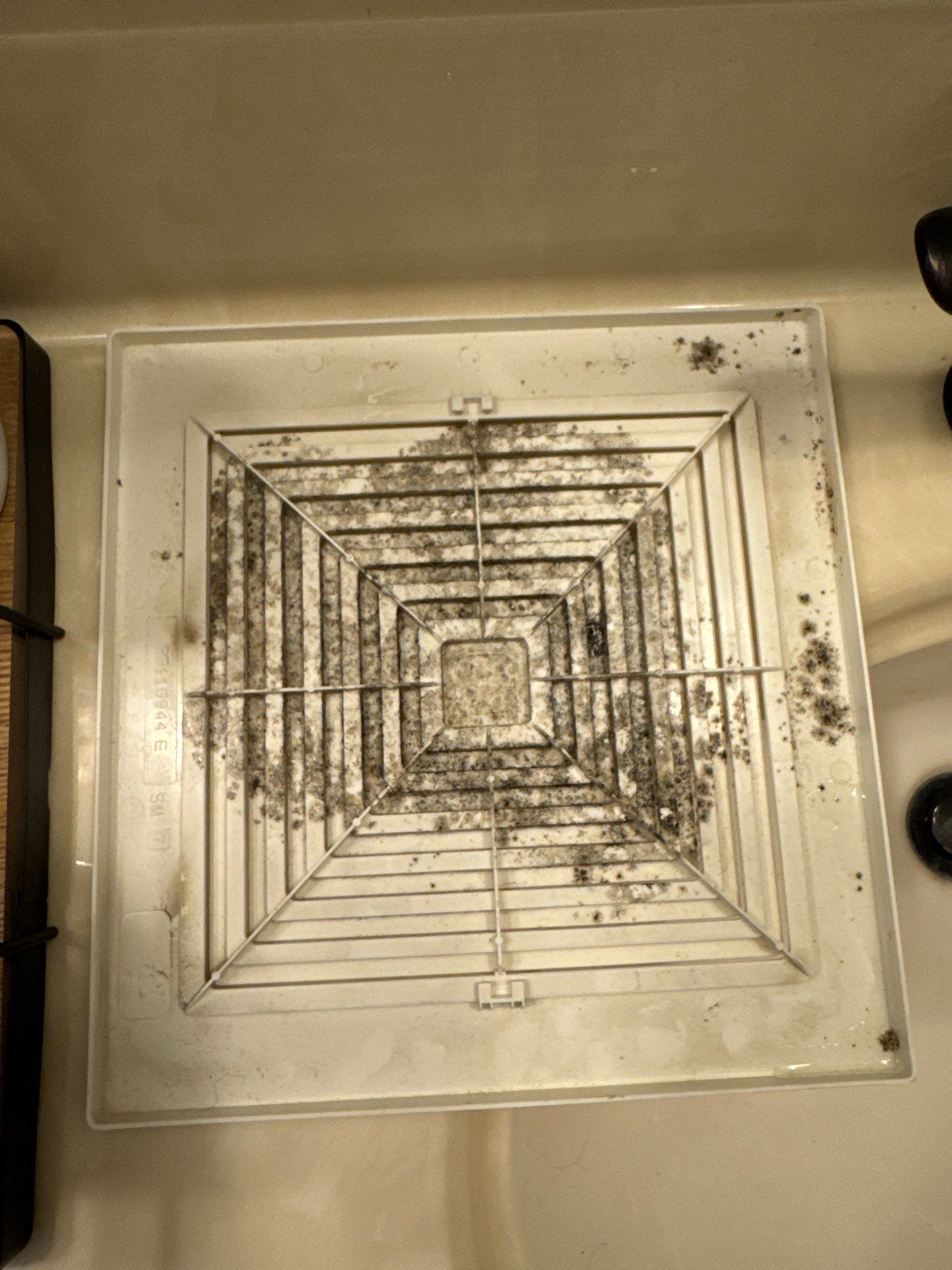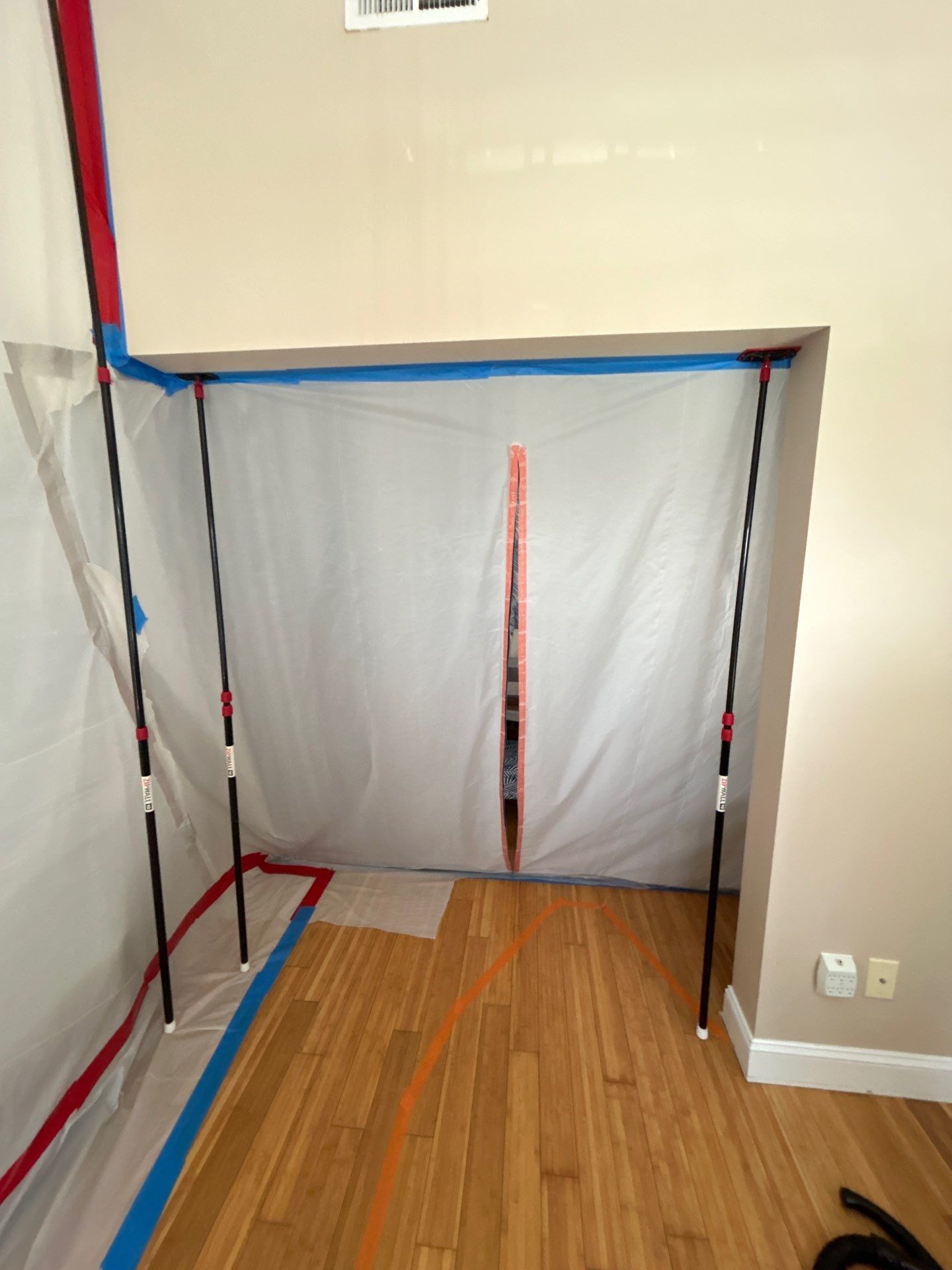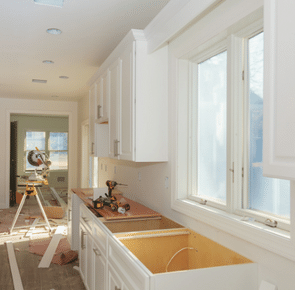Repair or Replace FIre Damage
Smoke damage can occur in various situations, whether during a fire or in other scenarios. Kitchens are particularly vulnerable, often sustaining the most extensive damage regardless of where the fire originates. Smoke affects every part of the kitchen, including doors, floors, ceilings, countertops, cabinetry, drawers, utensils, appliances, and even dining furniture like tables and chairs.
While some items can be cleaned to remove soot, others may suffer significant smoke damage, necessitating repair or replacement. After assessing the extent of the damage, the decision to repair or replace smoke-damaged kitchen cabinets becomes crucial. However, options extend beyond simple repairs or replacements—you can also opt for custom-built units, potentially achieving a more stylish appearance post-damage.
Let’s explore the steps you can take to recover from fire damage specifically within your kitchen cabinets.
What To Expect From Fire Damage In Your Kitchen Cabinets
The decision to repair or replace your fire-damaged kitchen cabinets hinges on the severity of the fire. A minor fire typically causes no structural damage to your home, requiring only soot cleaning and smoke odor removal.
However, smoke can penetrate kitchen cabinets, leaving a persistent odor even after refinishing or repainting. In such cases, replacing the cabinets may be necessary for safety reasons.
If your kitchen cabinets have suffered more extensive fire damage, such as scorching or warping, replacement is often the optimal solution. It’s advisable to enlist the expertise of a professional kitchen restoration specialist, particularly if your cabinets are unique.
A specialist can assess whether your old cabinets can be sold or recommend sources for reasonably priced replacements.
Four Steps to Take After Fire Damage in Your Kitchen Cabinets
Here are the steps to follow for salvaging your kitchen cabinets after a fire:
STEP 1: Prioritize Safety Ensure your kitchen is safe to enter post-fire. Wait for clearance from the fire department and building officials before proceeding.
Additional precautions:
- Contact your insurance provider to initiate your claim. Document the damage with thorough photos and videos as evidence.
- Wear appropriate protective gear like goggles, a face mask, and long-sleeved clothing to shield yourself from residual soot and smoke.
- Ventilate the kitchen by opening all doors and windows to expel remaining smoke. Keep doors closed for unaffected rooms to prevent further contamination.
- Dispose of any exposed food items due to potential soot contamination.
Salvage Operations:
- Identify and remove undamaged kitchen items and furniture for assessment and future restoration.
- Dispose of severely damaged items properly.
- Eliminate excess water from firefighting efforts using mops, fans, and dehumidifiers to facilitate drying before addressing soot stains.
STEP 2: Assess Surface Damage
After ensuring your kitchen is dry and properly ventilated, inspect the walls, floor, cabinets, and other surfaces. Some areas may only require a simple wipe to remove residual soot. However, others might show severe damage from soot, scorching, or water, making them unrecognizable. This initial assessment will be crucial when consulting with your kitchen renovation expert.
Keep in mind that items you consider irreplaceable may still be restored, while seemingly salvageable items might require replacement. Your kitchen renovation team should make the final determination on whether to repair or replace components of your fire-damaged kitchen.
STEP 3: Thorough Cleaning
After a kitchen fire, addressing soot and smoke is essential. Soot, especially from burned plastics, leaves challenging oily stains.
Use a powerful cleaning solution such as TSP (trisodium phosphate) to clean soot from walls, shelves, and cabinets. Additionally, clean the condenser coils, rubber gaskets, appliance handles, and other hardware in your fridge.
Smoke odors persist long after the fire is extinguished. Vacuum your entire house and wipe down surfaces, including rooms unaffected by the fire. For deodorizing, try using baking soda or a solution of water and vinegar. If these methods are insufficient, consider using a commercial deodorizer to effectively eliminate smoke smells.
STEP 4: Bring in Professional Help
After your initial efforts following the kitchen fire—documenting damage for your insurance claim, cleaning soot and water from surfaces, and setting aside severely damaged items—it’s time to engage a professional kitchen restoration company.
A reputable kitchen restoration team offers:
- Comprehensive cleanup for soot, smoke, and water damage
- Deodorization of walls, floors, cabinets, upholstery, and ceilings
- Restoration or replacement of hardwood floors and kitchen cabinets
- Full-scale kitchen renovation services if needed
Ensure you select a restoration company with expertise and specialized equipment to effectively manage smoke and fire damage across cabinets, floors, walls, and appliances. Their experience will be crucial in restoring your kitchen to its pre-fire condition.
When to Decide Between Repairing or Replacing Damaged Kitchen Cabinets
Determining whether to repair or replace smoke-damaged kitchen cabinets should be a collaborative decision with your kitchen restoration partner. However, you may lean towards replacement if:
- Lingering strong smoke odors persist within the cabinets post-fire.
- Mold has developed within the cabinets due to water damage from firefighting efforts.
- The cabinets no longer function properly, such as failing to close securely or safely hold their contents.
- The cost of repairing the cabinets exceeds the cost of replacing them.
Repair and restoration are generally suitable if your cabinets remain functional and primarily exhibit surface damage from soot.
Choose Home Disaster Medics (HDM) for Comprehensive Fire Damage Solutions
HDM stands out as the optimal choice for addressing fire damage, recognizing the extensive harm that fire, smoke, and firefighting water can inflict on your kitchen cabinets and home overall in Eastern North Carolina. Our services are designed to provide you with lasting peace of mind and ensure a kitchen restoration that lasts for decades.
Insurance Inspection and Assessment:
We meticulously document all smoke, soot, fire, water, or mold damage on your property.
Inventory Management and Disposal:
We collaborate with you to determine salvageable items in your fire-affected kitchen and identify those needing replacement. Items deemed unsalvageable or hazardous, such as asbestos, lead, or mold-damaged materials, are safely disposed of.
Tailored Cleaning and Restoration Techniques:
Our cleaning methods are customized based on the severity of fire damage to your kitchen cabinets. HDM employs environmentally friendly cleaning and restoration products to effectively sanitize your kitchen cabinets, upholstery, floors, walls, and ceilings.
Comprehensive Kitchen Restoration by Licensed Contractors:
We ensure complete restoration and replacement of your kitchen, exceeding its original condition. Our team collaborates with you to design and plan your new kitchen, implementing safety measures to mitigate future fire risks.
HDM is prepared to assist with fire and smoke damage recovery. Contact us today for a complimentary consultation at 910-777-7800.
Follow Home Disaster Medics on Facebook



